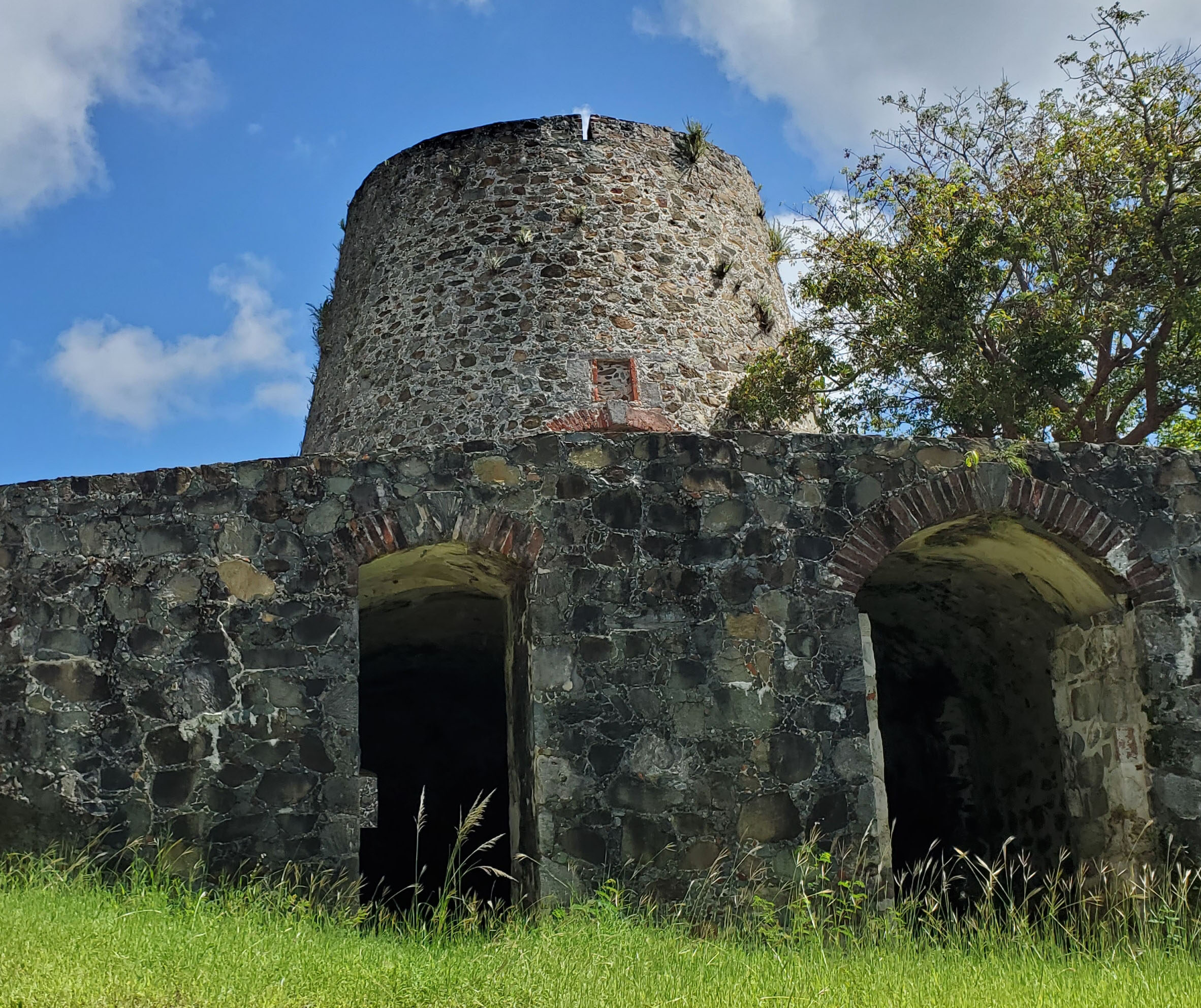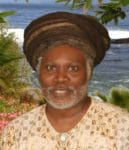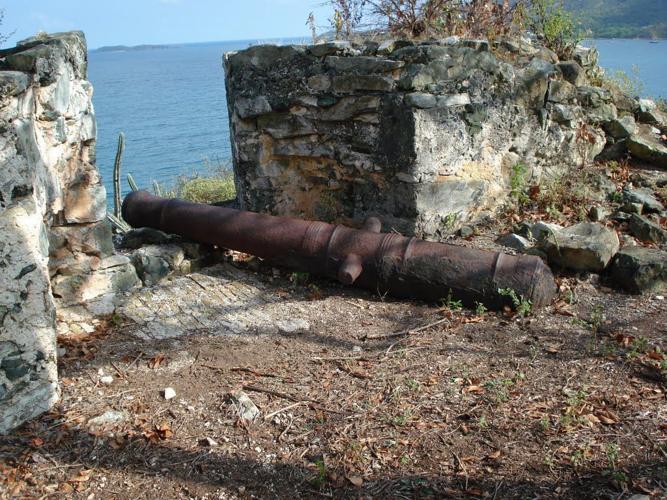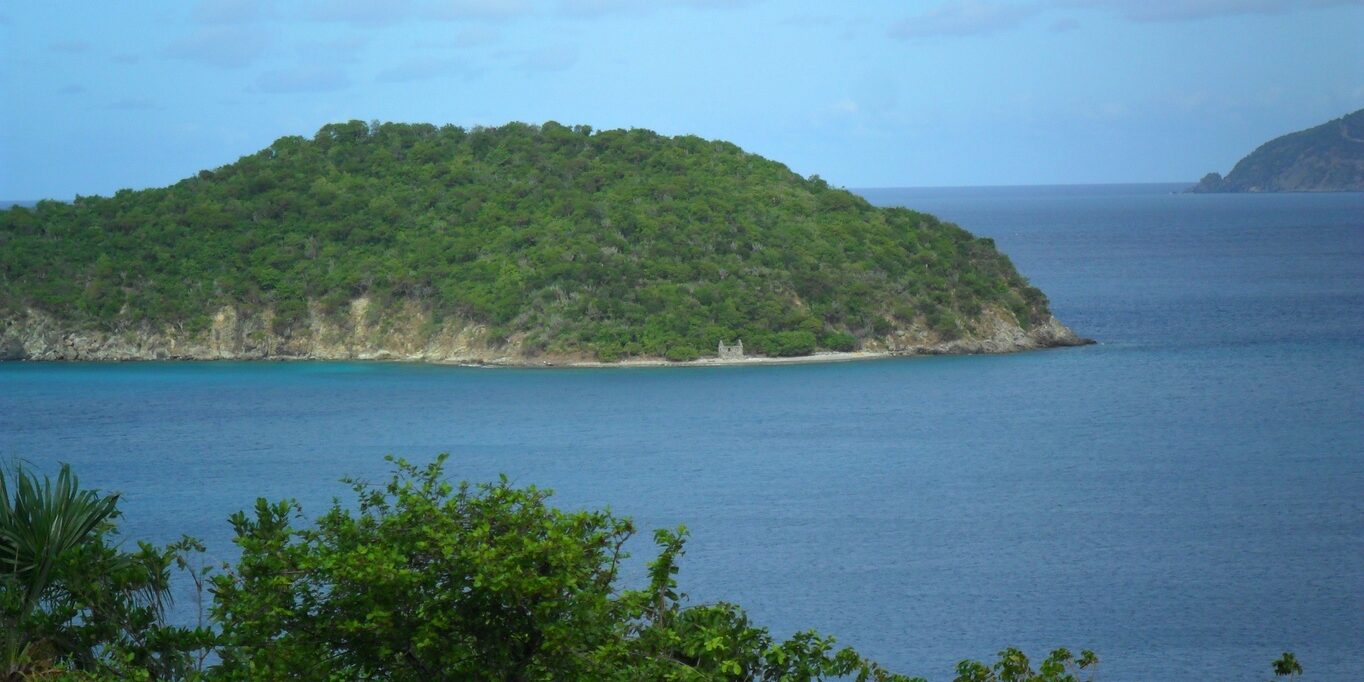
For some time now there have been debates in our community about whether the federal government should swap land by giving the V.I. government 17 acres of Catherineberg Estate on St. John in exchange for Whistling Cay off St. John that the territorial government manages for the people of the Virgin Islands.

The case has been made that Catherineberg Estate could be a site for a new school. If you care about preserving the history and culture of the Virgin Islands, then there must be a better place to build a school on St. John. First of all, there is no comparison between the two properties. Whistling Cay is 18.6 acres, but most of the island is covered with a dry scrub forest. Historically, the island has served as a port of entry into the U.S. Virgin Islands, but it is no longer in use and it is inaccessible to most Virgin Islanders. On the other hand, Catherineberg Estate is a historic landmark that is sacred land.
The name Whistling Cay, one source says, “is derived from the Dutch Wissel or from Dutch Baksel, batch of baking, as of rolls or pottery: though applicable to a boulder pile on the western point” of the island. The island’s name in Danish means vexel or “change.” Other names are Baxel, Boxel, Wessel, Wissel; and the Spanish called the island Cajo Bajel. Catherineberg Estate, on the other hand, is an 18th century sugar plantation. Believe me, it is one of the most impressive ruins in the U.S. Virgin Islands, with an unusual windmill tower. It was also a horse mill.

Catherineberg Estate is also one of the first places where enslaved Africans revolted in the so-called New World. The insurrection took place on St. John in 1733, when slaves took over the island for about six or seven months. In fact, St. John is the first place in the Western Hemisphere where enslaved Africans took their freedom. Catherineberg Estate was the headquarters of the Amina warriors that brought the Danish government to its knees during the revolution of enslaved Africans on St. John. Today, Catherineberg Estate is one of 17 properties in the Virgin Islands National Park listed on the United States National Register of Historic Places.
Nevertheless, swapping land between the federal and local governments to build a school on park land on St. John seems to overlook that the Virgin Islands National Park is one of 10 endangered parks in the United States, according to the National Parks Conservation Association. This is due to the high potential of land development within the park that impacts the natural, cultural, historical, and coastal marine resources. As a result, the park’s historic landscape is changing rapidly, due mainly to private holdings within the park.
However, it is not just the park’s terrestrial environments that are threatened, but also the marine resources, due to poor control of fishing within park waters and insufficient funding from the federal government to manage the natural and cultural resources.
The National Parks Conservation Association also pointed out that there are some 256 historic sites within the park that are not being stabilized due to the lack of funding. Other challenges within the park are inappropriate anchoring by boaters, exotic animals, coral diseases, and the carrying capacity of how many people the park can support, especially marine activities, without causing environmental degradation.

Now, getting to the potential land-swapping between the federal and local governments: In the deed handed over by Laurance S. Rockefeller, some 5,000-plus acres was designated as a gift for the people of the Virgin Islands from the federal government to establish the Virgin Islands National Park. The agreement stated that all residents and visitors must have access to the park’s natural, historical, cultural, and marine resources. My question is: How would we have access to Whistling Cay? Would the park or the local government provide a ferry, free of charge, to the public to visit Whistling Cay?
Don’t get me wrong! We need a school on St. John. The question is, what did the deed say about the resources of the Virgin Islands National Park being available for the people? And if the land swap goes through, how many residents or visitors will be able to visit Whistling Cay? Without data, I would say the park would be lucky if it was a handful of people. I am talking about residents, especially native Virgin Islanders, or longtime residents and visitors, who would have the opportunity on a regular basis to visit Whistling Cay. I am talking about access to the park resources for everybody, and not just a few.
The park has a responsibility to carry out the wishes of the donor, the Rockefeller family and others that were involved in giving this great gift to the people of these islands and the nation. In 2016, the Virgin Islands National Park attracted more than half a million visitors, supporting at that time 900 jobs in the community. Too often, we forget that the park is one of our greatest engines for the Virgin Islands economy. According to 2016 data, visitors spent $70 million and helped support $34 million in labor and more than $90 million in economic output.
Believe me, parks like the Virgin Islands National Park contribute to the local economy by creating jobs in the private sector as well as in the public sector. In turn, the labor income from these jobs spurs more growth to the Virgin Islands economy. Taxis, gift shops, restaurants, etc., benefit tremendously from the park being on St. John. We fail to realize what attracts visitors and locals alike to the Virgin Islands National Park.
If some of us believe we should land swap, nothing is wrong with that. We are one Virgin Islands. However, I believe we are too often shortsighted and can’t see the bigger picture for the future. To preserve our natural, cultural, and open green spaces and breathtaking beautiful beaches on St. John is to preserve a gift given to us that we should pass on to future generations.
In 1956, Laurance S. Rockefeller said it best when the land was turned over to the federal government to manage for we the people of this nation: “to conserve the scenery and the natural and historic objects and wildlife therein and to provide for the enjoyment of the same in such manner and by such means as will have them unimpaired for enjoyment of future generations.”
Believe me, there is no comparison between Catherineberg Estate and Whistling Cay. We are intelligent enough to come up with a solution. A solution where our children benefit.
— Olasee Davis is a bush professor who lectures and writes about the culture, history, ecology and environment of the Virgin Islands when he is not leading hiking tours of the wild places and spaces of St. Croix and beyond.


